1. The Lumberjack Lilt of Northern Minnesota

If you’ve ever heard someone from the Iron Range speak, you know it’s a mix of Scandinavian cadence, Canadian vowels, and something entirely unique. This accent was once common among Finnish, Swedish, and Norwegian immigrants who settled in Northern Minnesota, especially in logging towns. Their speech had a sing-song rhythm and words like “yah” for yes and “uff da” to express exhaustion. It’s not quite Canadian, but not your typical Midwestern either. The influence of old-country languages created a sound that was warm, rhythmic, and sometimes hard to pin down says KAXE.org.
These days, it’s rare to hear it outside of older generations in small towns. Younger people have largely adopted a more generalized Minnesotan accent, shaped by TV and broader American culture. While some remnants pop up in local slang or in Fargo-style impressions, the true lumberjack lilt is fading fast. Every time I visit Duluth or Ely, I hope to hear it again in a corner diner or hardware store. It’s still there—just quieter.
2. The Gullah Geechee of the Carolina Coast

The Gullah Geechee language and accent developed among the descendants of enslaved West Africans who lived along the coasts of South Carolina, Georgia, and Florida. It’s a rich blend of English and various African languages, with a distinct cadence and vocabulary that’s both melodic and deeply historical. In places like St. Helena Island or Sapelo Island, the rhythm of Gullah speech feels like a song. Phrases like “chile” for child or “dem” for them are just small glimpses into its structure. But more than just an accent, it’s a full cultural identity shares the National Park Service.
Unfortunately, tourism and gentrification have pushed many Gullah families out of their coastal communities. As younger generations leave for cities, the dialect becomes more diluted or abandoned altogether. There are still efforts to preserve the culture through storytelling, festivals, and education. But hearing someone speak fluent Gullah today is increasingly rare. It’s a living reminder of resilience, and we’d do well not to let it vanish adds Wikipedia.
3. The Boston Brahmin Accent

Long before we associated Boston accents with “pahk the cah,” there was the Boston Brahmin way of speaking. This refined, upper-class accent was marked by non-rhotic speech (dropping r’s) and a deliberate, almost British-sounding rhythm. Think Katharine Hepburn or FDR—it had that elite, old-money East Coast vibe. Words like “Harvard” came out sounding like “Hahvuhd,” and the overall effect was stately, if a little snooty. It was once the standard among New England’s social elite says Reddit.
But the Brahmin accent has pretty much disappeared from public life. Even in Boston, you’re more likely to hear the gritty working-class accent than this polished version. The social class that once used it has become more blended into mainstream America. As accents became less tied to wealth, this one faded away quietly. It’s a little eerie to listen to old interviews and realize no one sounds like that anymore. It belonged to another era.
4. The “Yooper” Dialect of Michigan’s Upper Peninsula

Living up in the Upper Peninsula of Michigan, affectionately called “da U.P.,” comes with its own flavor of speech. The “Yooper” dialect is influenced by Finnish, Cornish, Canadian English, and the general isolation of the region. It’s friendly and nasal, with lots of “ehs” and “ya knows” peppered in. Someone might say, “We’re goin’ campin’ out dere, eh?” and you’d know you were way up north. It’s the kind of voice you can imagine coming from a guy with a flannel shirt and snowmobile.
As tourism increased and more people moved in or out of the area, the dialect softened. Kids grow up watching national TV shows and may not inherit the full Yooper lingo. Some of the expressions still exist, especially among the older crowd, but the full-on accent is rarely passed down. You can still find Yooper dictionaries and joke books at gift shops in Marquette, but hearing it in the wild is less common. It’s one of those hyper-local treasures slipping away.
5. The Pennsylvania Dutch English

If you’ve ever driven through Lancaster County, you might have caught snippets of a curious accent shaped by German structure and English words. Pennsylvania Dutch English isn’t Dutch at all—it comes from “Deutsch,” meaning German. Speakers might say things like “Throw the cow over the fence some hay,” reversing sentence order in ways that make perfect sense to them. It’s not just the words, but how they’re said, with a flatness that’s oddly charming. The accent is more commonly heard in Amish or Mennonite communities.
But as younger generations attend public schools and interact more with the broader world, the dialect is fading. Many now speak standard American English, especially outside religious circles. Even in traditionally Pennsylvania Dutch towns, the old phrases are becoming more novelty than norm. There’s still a quiet pride in the heritage, but you won’t hear the accent as often unless you’re deep in the countryside. It’s a rare gem in modern America.
6. The Midland “Neutral” Accent
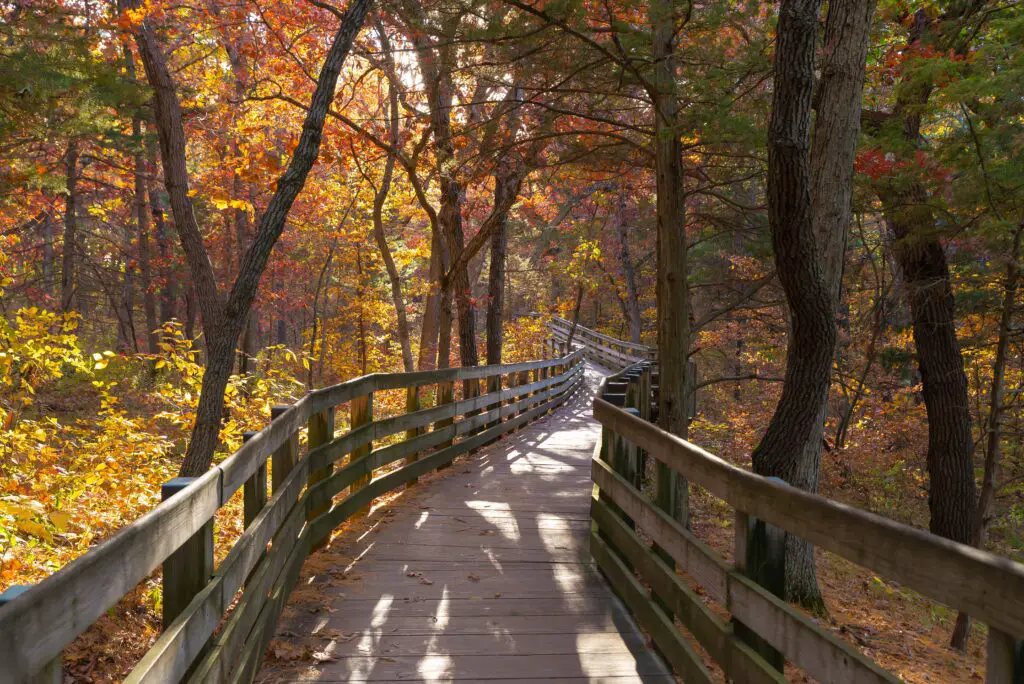
Once considered the most “neutral” American accent, the Midland accent spread across Ohio, Indiana, and parts of Illinois and Missouri. It wasn’t flashy—it didn’t have the nasal twang of the North or the drawl of the South. It just sounded… American. And for a long time, it was the go-to for broadcasters and politicians because of its clarity. Phrases were straightforward, and vowels were crisp but unremarkable.
Ironically, its neutrality may be why it’s vanishing. With TV and the internet homogenizing how people speak, there’s less to distinguish the Midland accent anymore. It’s blended so seamlessly into general American speech that most people don’t even notice when it disappears. You might still catch it in older residents of Columbus or Indianapolis. But for the most part, it’s been absorbed by the very culture it once defined.
7. The Ozark Mountain Accent

Deep in the Ozarks, spanning Missouri, Arkansas, and parts of Oklahoma, there used to be a thick, twangy accent full of Appalachian influence. It was rhythmic, a bit nasal, and carried a slow, deliberate drawl. You’d hear “winder” instead of “window” and “reckon” instead of “suppose.” The speech reflected the rural, self-sufficient lifestyle of the people who lived there. It sounded like something out of a folk song or an old story passed down over generations.
Today, though, it’s far less common. Tourism, television, and migration have diluted the dialect. Younger folks might keep a few expressions, but the full Ozark sound is mostly gone. Some of it still lives on in traditional music or local radio stations. But you have to listen carefully—it’s not as loud or proud as it once was.
8. The Cajun English of Louisiana
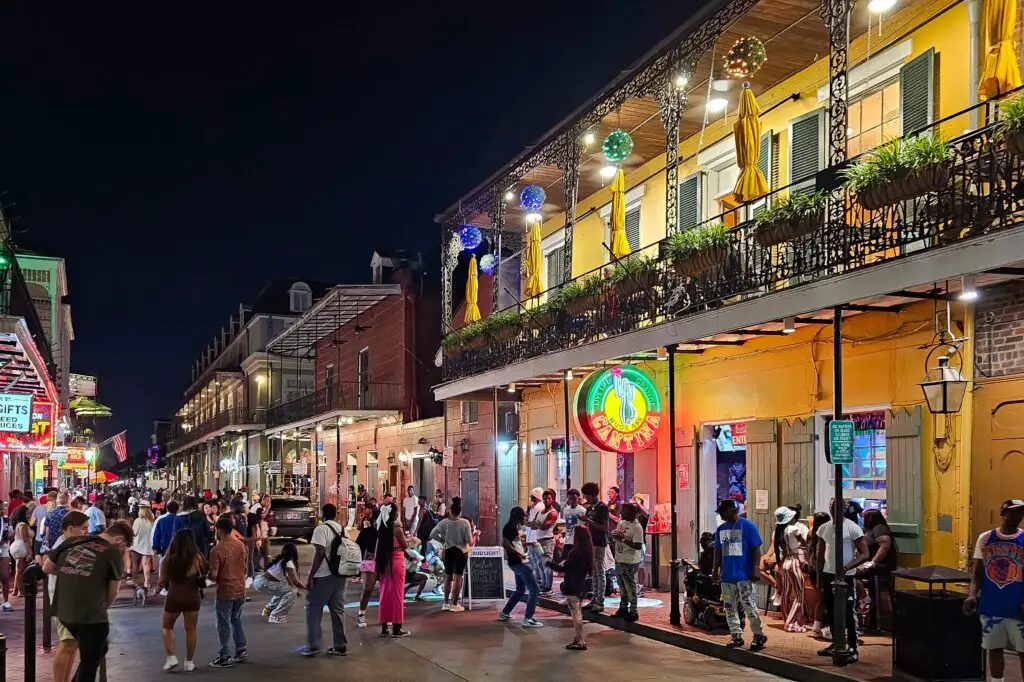
Cajun English is what happens when French, English, and Louisiana culture blend together in a big pot of gumbo. Words like “cher” and “dat” mix with English grammar in a distinct Southern cadence. It’s different from Creole or standard Southern drawls—it has its own melody. Older generations, especially in bayou regions, had a musical way of speaking that was instantly recognizable. You almost feel like you’re being invited to a dance just by listening.
But Cajun English is under threat. French immersion programs exist, but English dominates most schooling and media. As younger generations move to cities or integrate into broader culture, the accent weakens. It still pops up in music, festivals, and cooking shows, but it’s not as everyday as it once was. It’s another piece of cultural heritage at risk of being forgotten.
9. The Tidewater Accent of Virginia
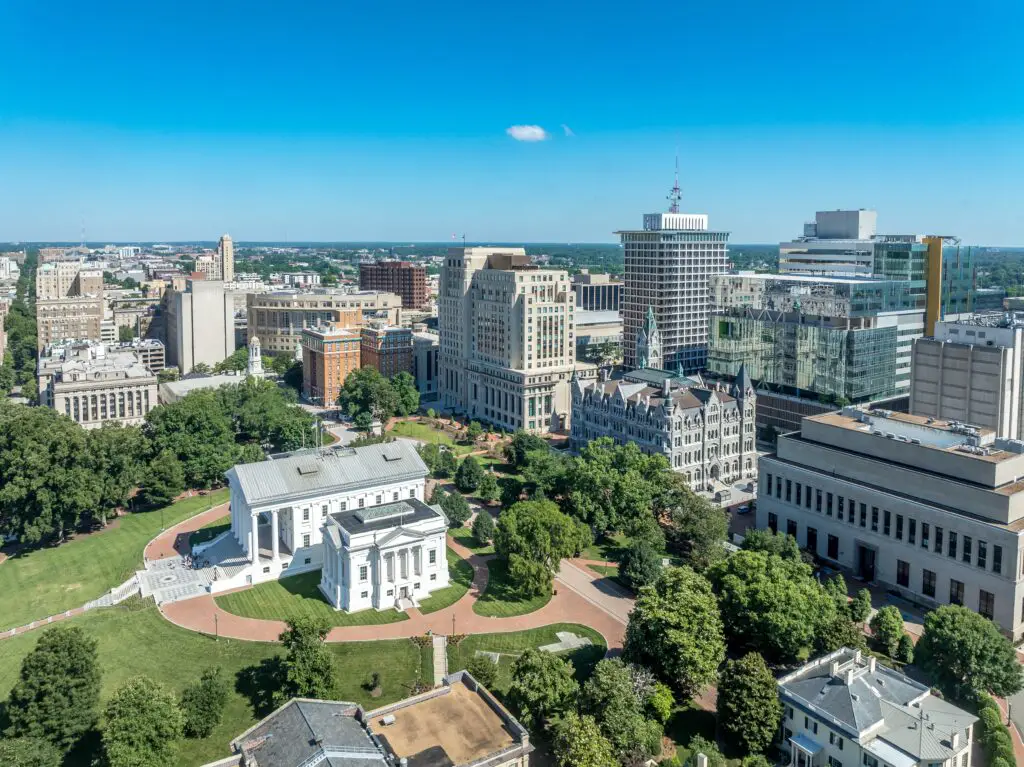
The Tidewater accent, once heard along the eastern shores of Virginia and North Carolina, had a peculiar old-world charm. It was non-rhotic like Boston’s Brahmin accent, but with a Southern twist. Think of words like “house” pronounced almost like “hoose,” and “about” sounding like “aboot,” influenced by old English settlers and even a bit of Scottish rhythm. It was genteel, measured, and slightly clipped, like something out of a 19th-century novel.
Today, though, it’s a rarity. Urbanization and the rise of a more generalized Southern accent have overtaken the Tidewater region. Most people now sound like they could be from anywhere south of D.C. The accent still lives in some elderly speakers and historical reenactors, but not much beyond that. You might catch a whiff of it in a Colonial Williamsburg guide, but it’s slipping into the past.
10. The Western Pennsylvania “Pittsburghese”

“Yinz goin’ dahntahn?” If you’ve ever heard that sentence and knew it meant, “Are you all going downtown?” then you’ve heard Pittsburghese. This hyper-local accent is thick with unusual vocabulary and vowel shifts, like “stillers” for Steelers and “redd up” for clean up. It developed from a mix of Scottish, Irish, German, and Eastern European immigrants who settled in the region during the steel boom. There’s a kind of pride in how odd it sounds to outsiders.
But like many regional dialects, Pittsburghese is fading fast. Many locals now just keep a few signature words or phrases but drop the full accent. It’s increasingly rare among younger generations, especially in the suburbs. Still, some Pittsburghers hang onto it as a badge of identity, especially in sports culture. If you ever hear someone say “yinz” sincerely, consider it a gift.
11. The Rhode Island Accent

Rhode Island may be tiny, but its accent used to pack a punch. It had a hint of Boston’s non-rhotic tone, but with a sharper, faster delivery and unique vocabulary. You’d hear “soda” as “soder,” and “car” as “cah,” but with more bite and less drawl than Boston proper. It had a tough, no-nonsense feel, like a dock worker with a story to tell. Some compared it to New York’s accent, but it was definitely its own thing.
Now, though, it’s barely hanging on. The influx of outsiders and media standardization has eroded the pure Rhode Island sound. Kids today sound more like they’re from Connecticut than Providence. There are still a few holdouts, especially among older Italian-American families. But if you don’t listen closely, you might miss it entirely.
12. The Inland Southern Accent
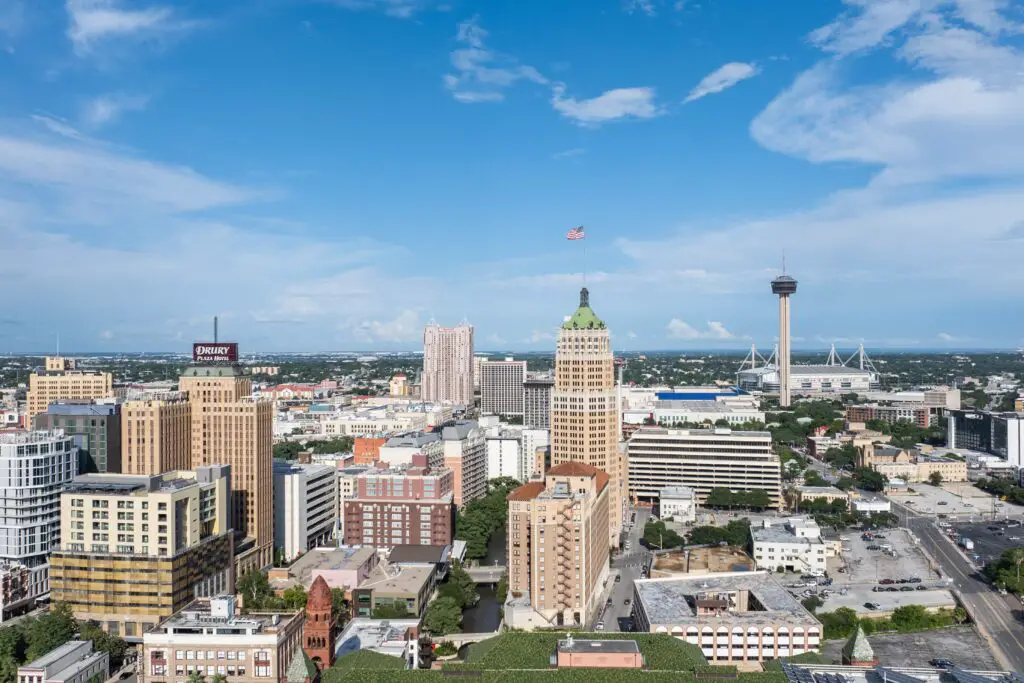
Unlike the thick drawl of the Deep South, the Inland Southern accent stretched from the Appalachians to parts of Texas and had a subtler tone. It was warm and lilting, with a mix of Scottish-Irish influence and frontier grit. Words were drawn out, but not to the extreme, and there was often a musical rise and fall. People said “you all” instead of “y’all,” and “fixin’ to” meant getting ready. It had a neighborly vibe that felt welcoming and down-home.
But it’s fading as Southern accents become more generalized and rural communities change. Big cities like Atlanta and Nashville have pulled in people from all over, diluting the older speech patterns. You might still hear it in rural Kentucky or East Tennessee, but it’s not as common. When I hear it now, it feels like visiting a family member I haven’t seen in years. It’s comforting, but fleeting.
13. The New Orleans Yat
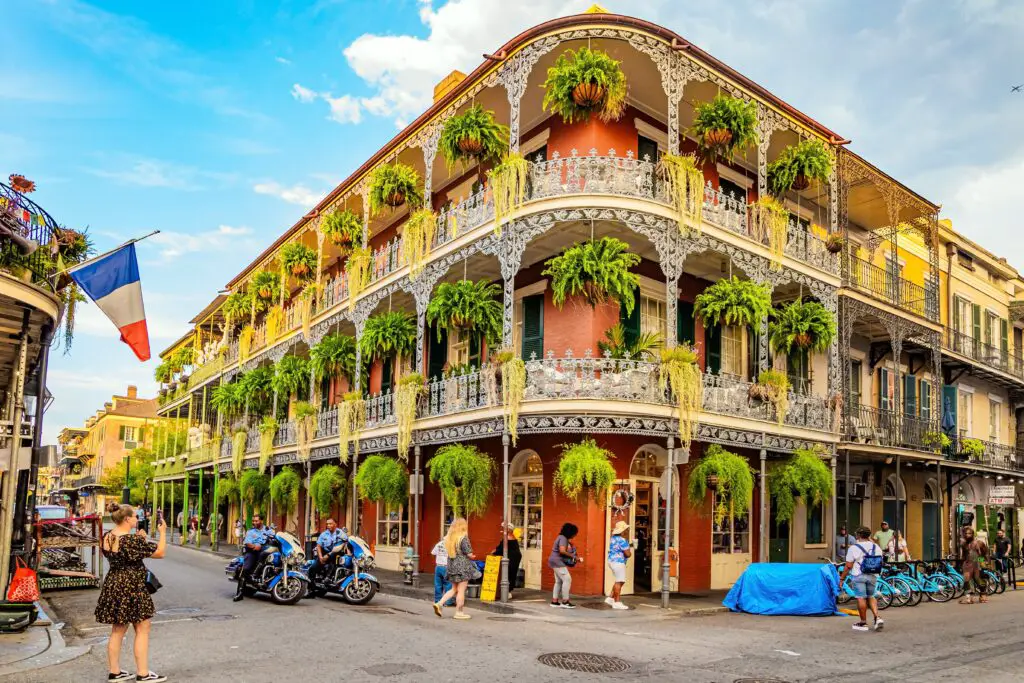
If you’ve ever heard someone say “Where y’at?” instead of “How are you?” you’ve gotten a taste of the Yat accent. Found in New Orleans, especially among working-class white neighborhoods, this accent has elements of Brooklyn, Irish, and Southern tones all mashed together. It’s nasal, fast, and full of dropped endings. “Birthday” might come out as “boit-day,” and “coffee” as “caw-fee.” It’s unmistakably New Orleans, but not the romanticized version tourists usually hear.
Yat is increasingly rare now, especially since Hurricane Katrina displaced so many communities. As the city rebuilt and gentrified, many of the neighborhoods that nurtured the Yat accent changed. Younger generations often don’t speak it unless they’re deliberately keeping the tradition alive. It’s still around in places like Chalmette and parts of Metairie, but it’s nowhere near as common. Like much of New Orleans’ culture, it’s something people are fighting to preserve.
14. The North Midland “Iowegian” Accent
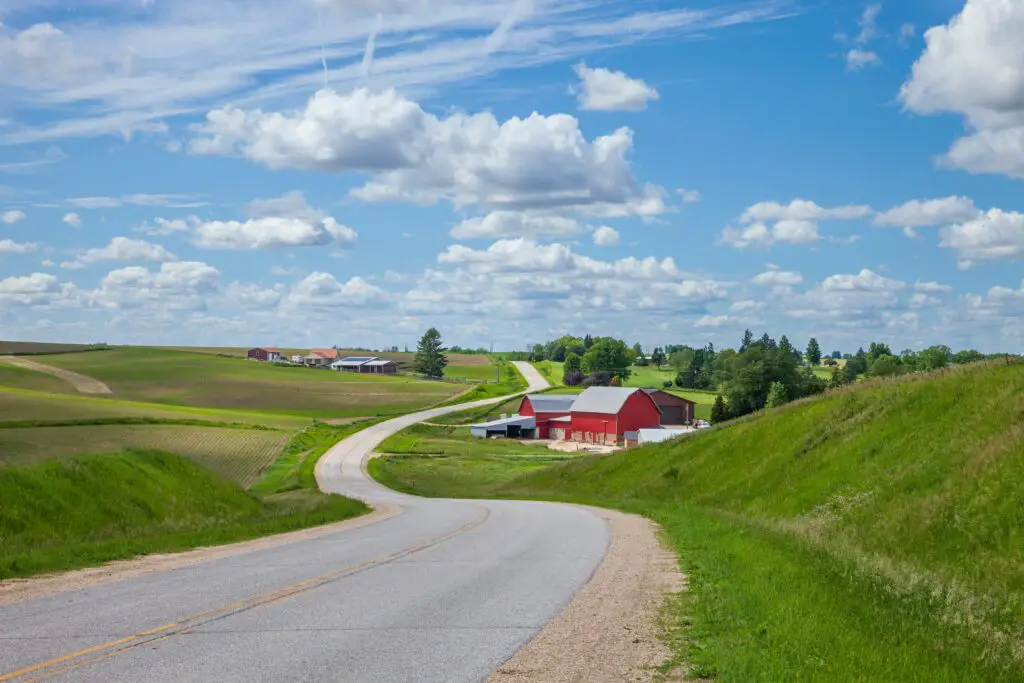
In rural Iowa, especially in areas settled by Norwegians and Germans, there used to be a specific kind of North Midland accent. It was flat but peppered with unique pronunciation and phrasing that reflected immigrant roots. Vowels were clipped, and “roof” might sound like “ruf,” while “milk” came out as “melk.” There was a slight sing-song tone in some communities, almost Scandinavian in feel. It wasn’t dramatic, but it was distinct.
Today, though, the Iowegian accent has nearly disappeared. Kids grow up watching YouTube and TikTok and end up sounding like they could be from anywhere. The regional quirks are lost in favor of a more standard Midwestern tone. You might still catch it among older folks in farm towns, but that’s about it. It’s one of those voices that feels familiar if you’re from there—but strange and rare everywhere else.
